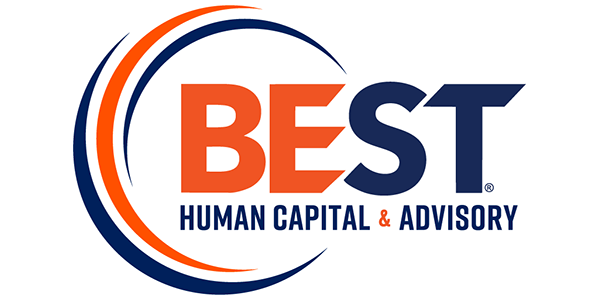
How LEAN is Too LEAN?
Business strategies today drive profitability using many continuous improvement methodologies, including LEAN and Six Sigma, Kaizen, 5S, and several others. Profitability is critical for business sustainability and viability as a going concern. But how LEAN is too LEAN? Some may scoff at the perceived absurdity of the question. Still, according to the Wall Street Journal […]








